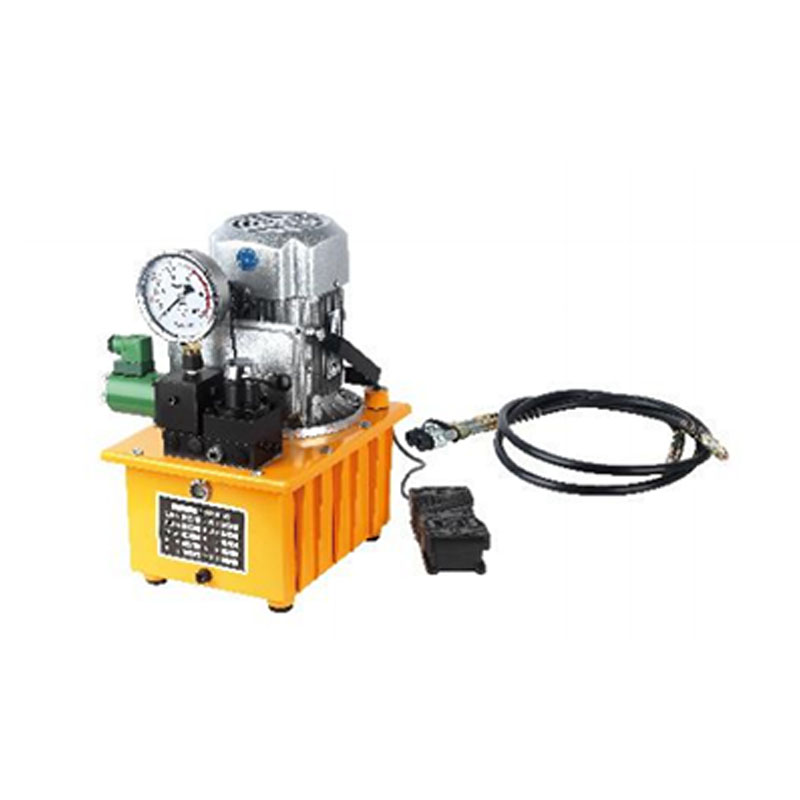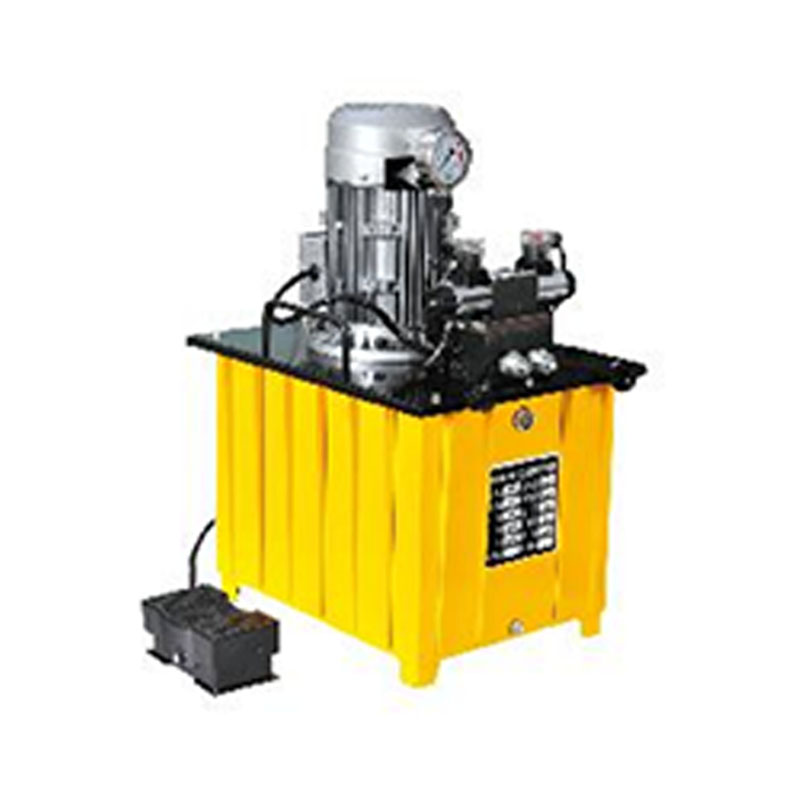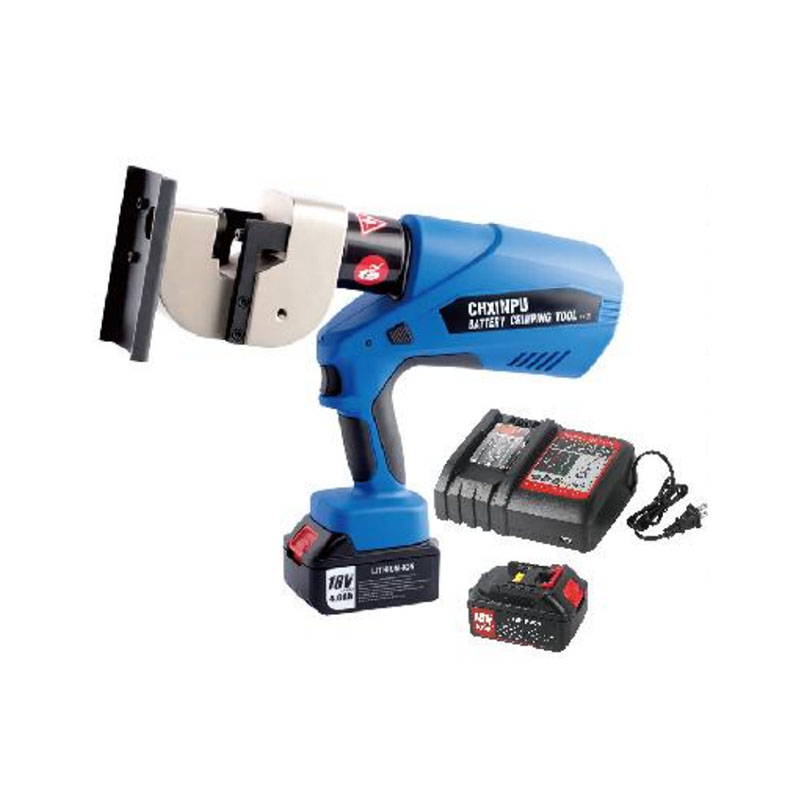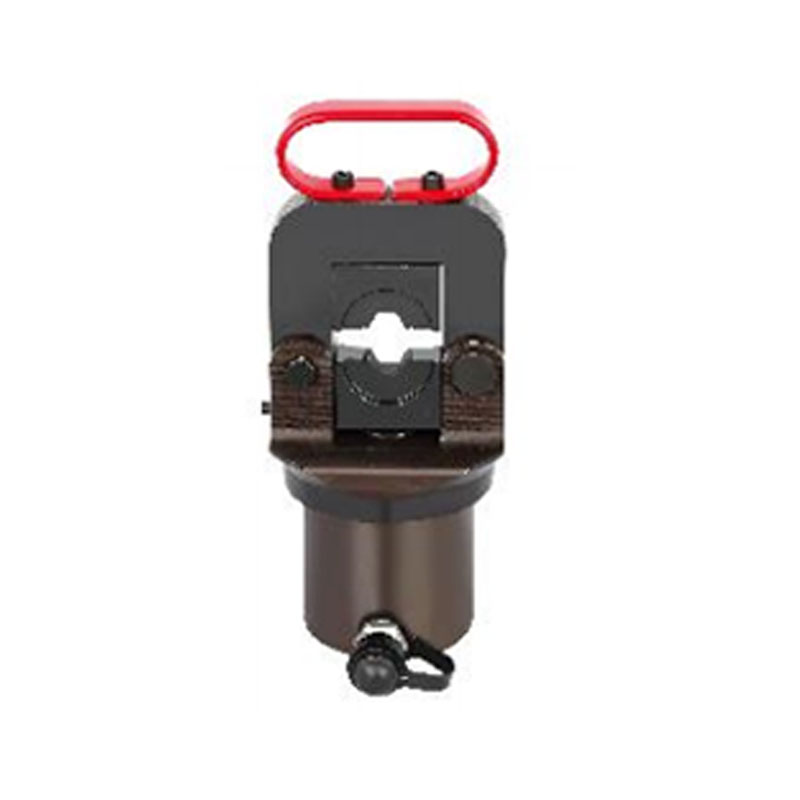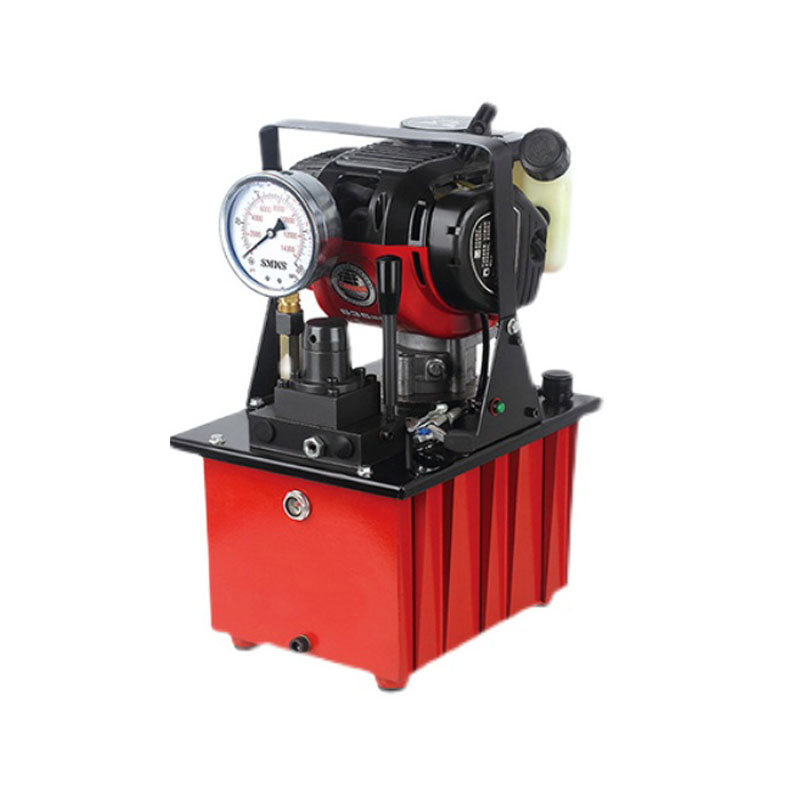CWC-150V split hydraulic cutting machine for copper, aluminum, and iron plates requires a pump for use
 2025.07.11
2025.07.11
 Industry News
Industry News
Importance of Hydraulic System Maintenance
The hydraulic system is the core component of a Hydraulic Angle Steel Cutter, responsible for generating the force needed to cut through tough angle steel materials efficiently. Proper maintenance of this system is crucial to ensure smooth operation, extend the equipment’s lifespan, and prevent unexpected breakdowns. Neglecting hydraulic system care can cause decreased performance, leaks, or costly repairs, ultimately affecting productivity and safety.
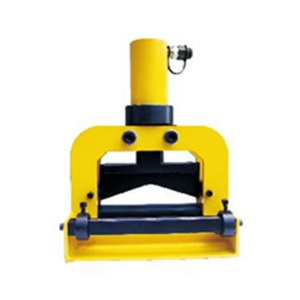
Regular Inspection of Hydraulic Fluid
One of the important aspects of hydraulic system maintenance is monitoring the hydraulic fluid. Over time, fluid can become contaminated with dirt, metal particles, or moisture, which impairs its lubricating and pressure-transmitting properties. It is recommended to check the fluid level frequently and replace the hydraulic oil according to the manufacturer’s guidelines or whenever the oil appears discolored or has a burnt smell. Using the correct grade of hydraulic fluid, as specified for the Hydraulic Angle Steel Cutter, ensures proper viscosity and protection under varying temperatures and loads.
Keeping Hydraulic Filters Clean and Functional
Hydraulic filters prevent contaminants from circulating within the system. Regularly inspecting and replacing these filters is vital to protect the pump, valves, and actuators from damage caused by debris. Clogged filters increase system pressure and reduce efficiency, potentially causing system overheating or failure. Cleaning the filter housings and ensuring proper installation of new filters maintains system integrity and reliable performance.
Checking and Maintaining Hydraulic Hoses and Connections
Hydraulic hoses and fittings must be inspected routinely for signs of wear, cracks, leaks, or loose connections. Leaking hoses not only reduce system pressure but can also pose safety hazards in the workplace. Tightening connections, replacing damaged hoses promptly, and using compatible fittings help prevent fluid loss and maintain consistent system pressure. Additionally, ensuring hoses are routed properly without excessive bending or exposure to sharp edges prolongs their service life.
Monitoring System Pressure and Temperature
Operating the Hydraulic Angle Steel Cutter within the recommended pressure and temperature ranges is essential to avoid overloading the hydraulic components. Regularly monitoring gauges and sensors helps detect abnormal conditions early. Excessive pressure or heat can cause seals to fail, fluid degradation, and mechanical wear. Adjusting relief valves and ensuring cooling systems are functioning properly safeguards against damage caused by overheating or pressure spikes.
Routine Cleaning and Lubrication of Moving Parts
Although the hydraulic system itself relies on fluid for lubrication, external moving parts connected to it require regular cleaning and lubrication to prevent corrosion and mechanical wear. Keeping the machine clean reduces the risk of dirt entering the hydraulic system during maintenance or operation. Lubricating pivot points and joints as recommended by the manufacturer ensures smooth movement and reduces stress on hydraulic components.
Scheduled Professional Servicing
Besides daily and weekly maintenance, periodic professional inspections and servicing are recommended. Skilled technicians can perform detailed diagnostics, test hydraulic pump efficiency, and replace worn-out components before they cause system failures. Following the manufacturer’s maintenance schedule for the Hydraulic Angle Steel Cutter helps maintain suitable performance and extends the life of the machine.
Conclusion: Proactive Care Ensures Reliable Hydraulic Performance
In summary, maintaining the hydraulic system of a Hydraulic Angle Steel Cutter requires regular fluid checks, filter changes, hose inspections, pressure monitoring, and routine cleaning. Paying attention to these aspects prevents common hydraulic issues and supports efficient, safe operation. With proper care and timely servicing, users can ensure their hydraulic cutter remains a dependable tool for precise and effective steel-cutting tasks.



 Español
Español русский
русский
